America's latest drought is a sign of things to come
From California to Texas, temperatures are rising and water levels are falling

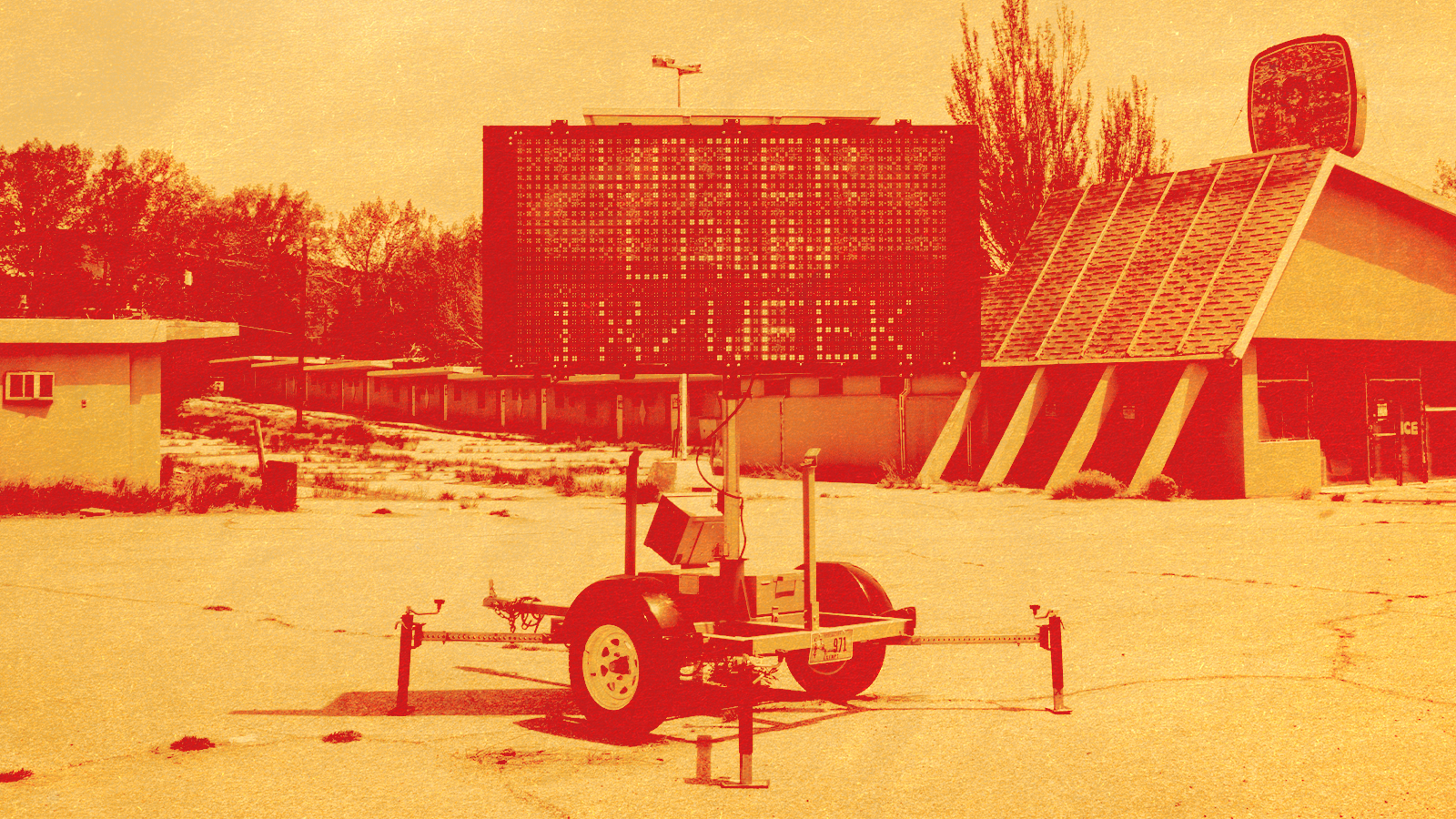
In May, precipitation was below average from California to Texas, and with summer temperatures on the rise, the western United States will continue to experience an extensive and intense drought. Here's everything you need to know:
What is a drought?
A drought is a prolonged period of time with less than normal precipitation. Over the course of weeks, months, or years, this can result in the water levels of reservoirs and lakes falling and the flow of streams and rivers declining.
Why is the drought so bad in the western United States?
Climate change is leading to higher temperatures, which causes the ground to dry out. "In the last 1,200 years, we haven't seen a period as dry as right now," Ann Willis, a researcher at the Center for Watershed Sciences at the University of California at Davis, told The Washington Post. "We're really hitting new lows in terms of how extreme the conditions are."
The Week
Escape your echo chamber. Get the facts behind the news, plus analysis from multiple perspectives.

Sign up for The Week's Free Newsletters
From our morning news briefing to a weekly Good News Newsletter, get the best of The Week delivered directly to your inbox.
From our morning news briefing to a weekly Good News Newsletter, get the best of The Week delivered directly to your inbox.
Roughly one-third of California's freshwater supply comes from the snowpack in the Sierra Nevada, which melts in the spring and enters rivers and reservoirs. It was a dry winter, however, and there weren't enough storms to generate the necessary snowpack; by April 1, the statewide snowpack was just 38 percent of its average for that time of year. Because of this, much of the runoff didn't even make it to the reservoirs and rivers, with the thirsty ground instead soaking up the water or the vapor going into the atmosphere.
New Mexico also had a dry winter — Albuquerque went for more than 70 days without any measurable rainfall — and by the end of spring, 90 percent of the state was in "extreme" or "exceptional" drought, KOAT reports. The lack of rainfall dried out piñon trees across the state, which were then unable to produce enough sap to ward off attacks from bark beetles. Over the spring, several wildfires, fueled by strong winds and dry conditions, swept through New Mexico, with those piñon trees acting as kindling.
What actions are being taken to lessen the effects of the drought?
In California, which this year experienced its driest January through May on record, the state is trying to cut water use by 35 percent. Several areas are under water restrictions — San Diego residents, for example, are only able to water their lawns three days a week, before 10 a.m. or after 6 p.m; not allowed to wash their cars at home; and banned from watering within 48 hours of rain. Most of San Diego County is under moderate drought conditions, while the majority of Los Angeles County is under at least severe drought conditions. In L.A., residents can only water their yards two days a week, with no watering allowed from 9 a.m. to 4 p.m. The Los Angeles Department of Water and Power said it will patrol the streets to "educate Angelenos on the days of the week watering restrictions and to enforce the ordinance."
The U.S. Small Business Administration also announced earlier this month that in several Utah counties, certain small businesses that have been affected by the drought can apply for low-interest economic injury disaster loans. Almost the entire state is in at least severe drought conditions, and the Utah Department of Natural Resources says its reservoirs are only about 63 percent full.
A free daily email with the biggest news stories of the day – and the best features from TheWeek.com
What else can be done?
Conserving water is a necessity, and there are steps everyone can take to make a difference. Go around your house, and take stock of changes that can be made — install low-flow toilets and showerheads, replace grass lawns with drought-resistant landscaping, and make sure to finally call the plumber about fixing that leaky faucet (that alone could cause 300 gallons of wasted water, every single month). Be sure to not let the water run while brushing your teeth, only turn on the dishwasher when it's full, and use a broom when cleaning sidewalks and driveways, not the hose.
Is this current, more extreme drought a sign of things to come?
Droughts are lasting longer now, and if drastic action isn't taken to curb climate change, scientists think they could get even worse. "There's no good news for the foreseeable future, for the next few decades," Willis told the Post. "Fundamentally addressing climate change is the ultimate answer. ... If we don't, then what we're really seeing is just preamble to an even more extreme and catastrophic set of conditions."
Catherine Garcia has worked as a senior writer at The Week since 2014. Her writing and reporting have appeared in Entertainment Weekly, The New York Times, Wirecutter, NBC News and "The Book of Jezebel," among others. She's a graduate of the University of Redlands and the Columbia University Graduate School of Journalism.
-
 Crest falling: Mount Rainier and 4 other mountains are losing height
Crest falling: Mount Rainier and 4 other mountains are losing heightUnder the radar Its peak elevation is approximately 20 feet lower than it once was
-
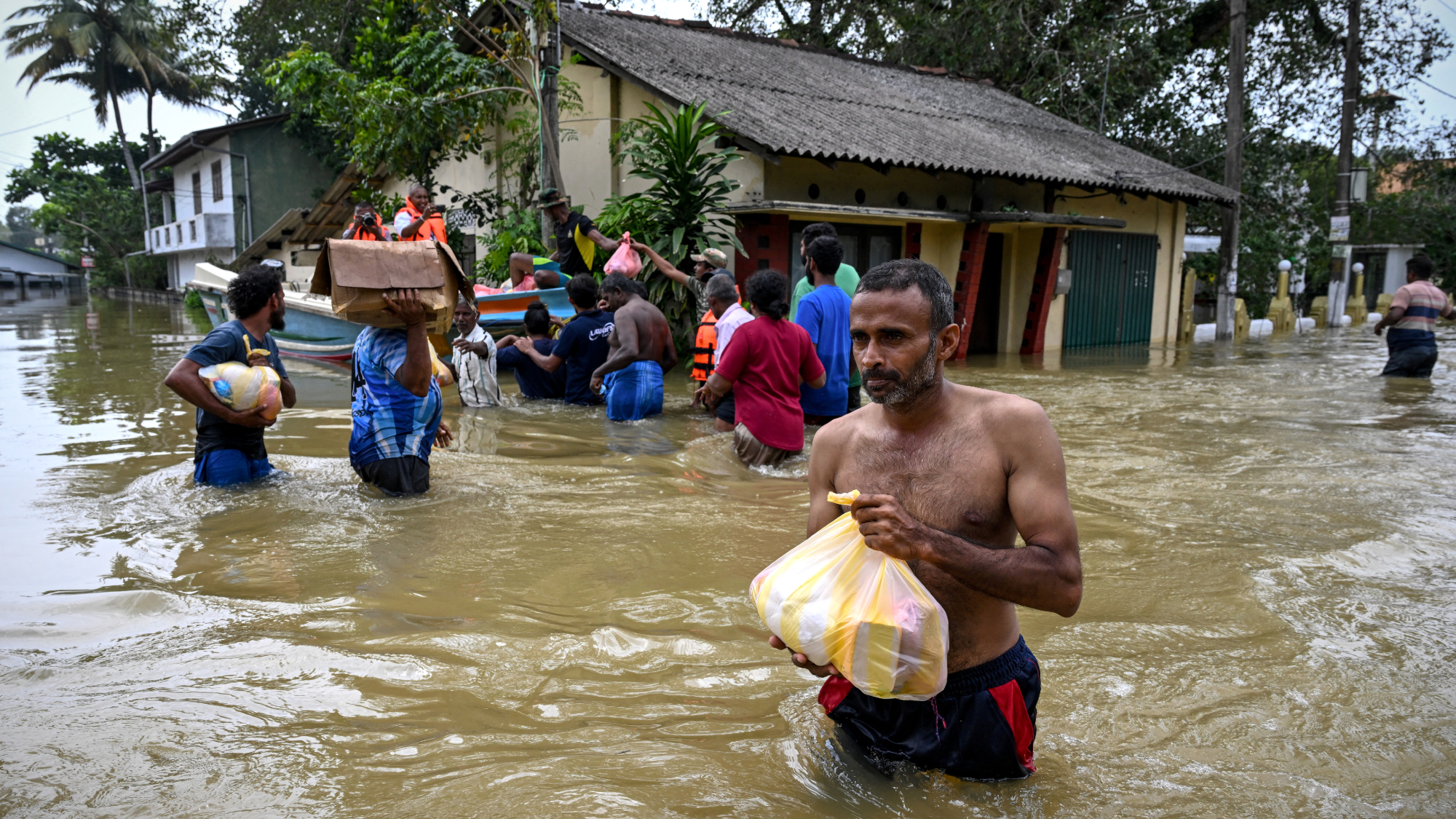 Death toll from Southeast Asia storms tops 1,000
Death toll from Southeast Asia storms tops 1,000speed read Catastrophic floods and landslides have struck Sri Lanka, Indonesia, Thailand and Malaysia
-
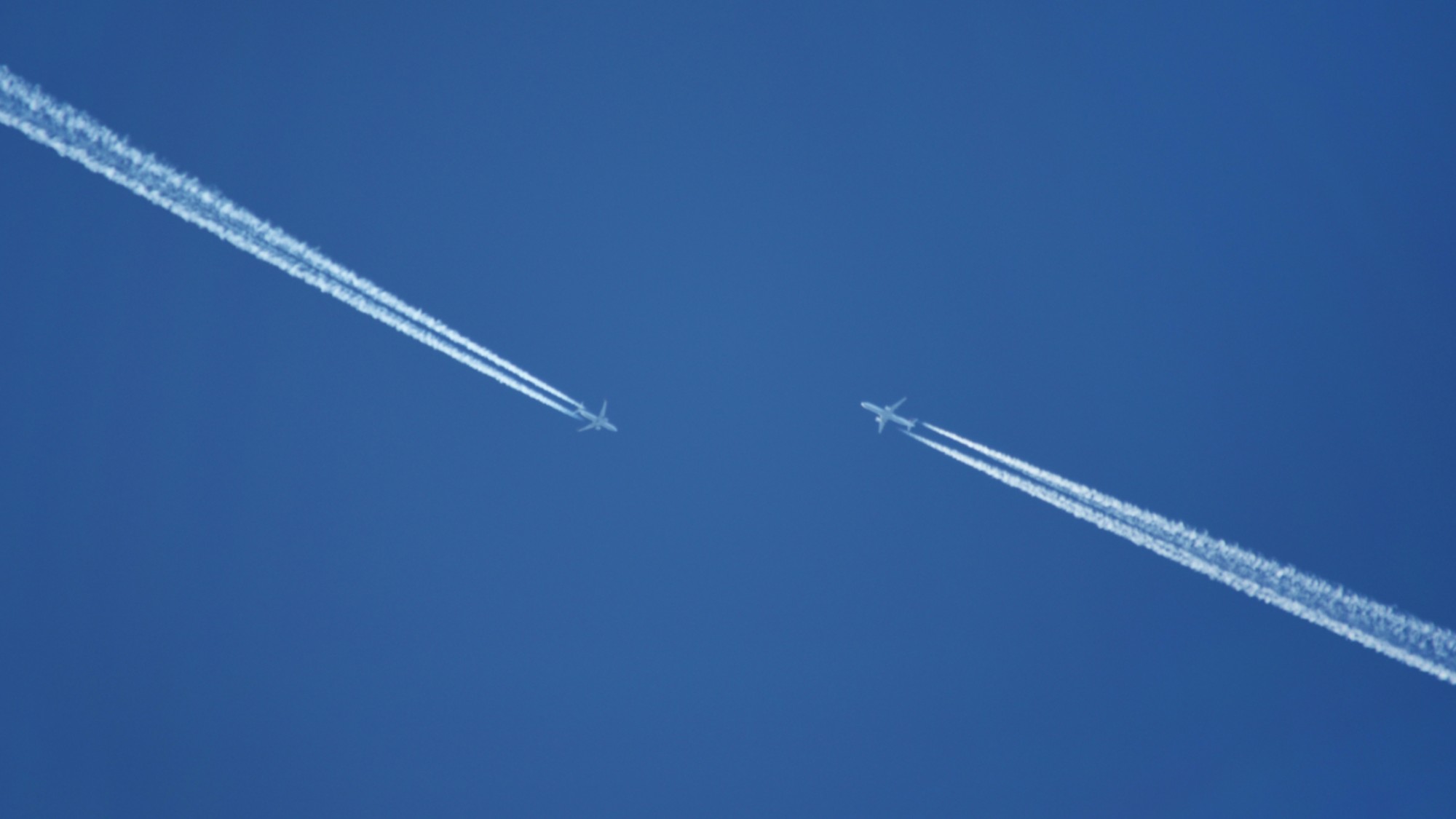 Can for-profit geoengineering put a pause on climate change?
Can for-profit geoengineering put a pause on climate change?In the Spotlight Stardust Solutions wants to dim the sun. Scientists are worried.
-
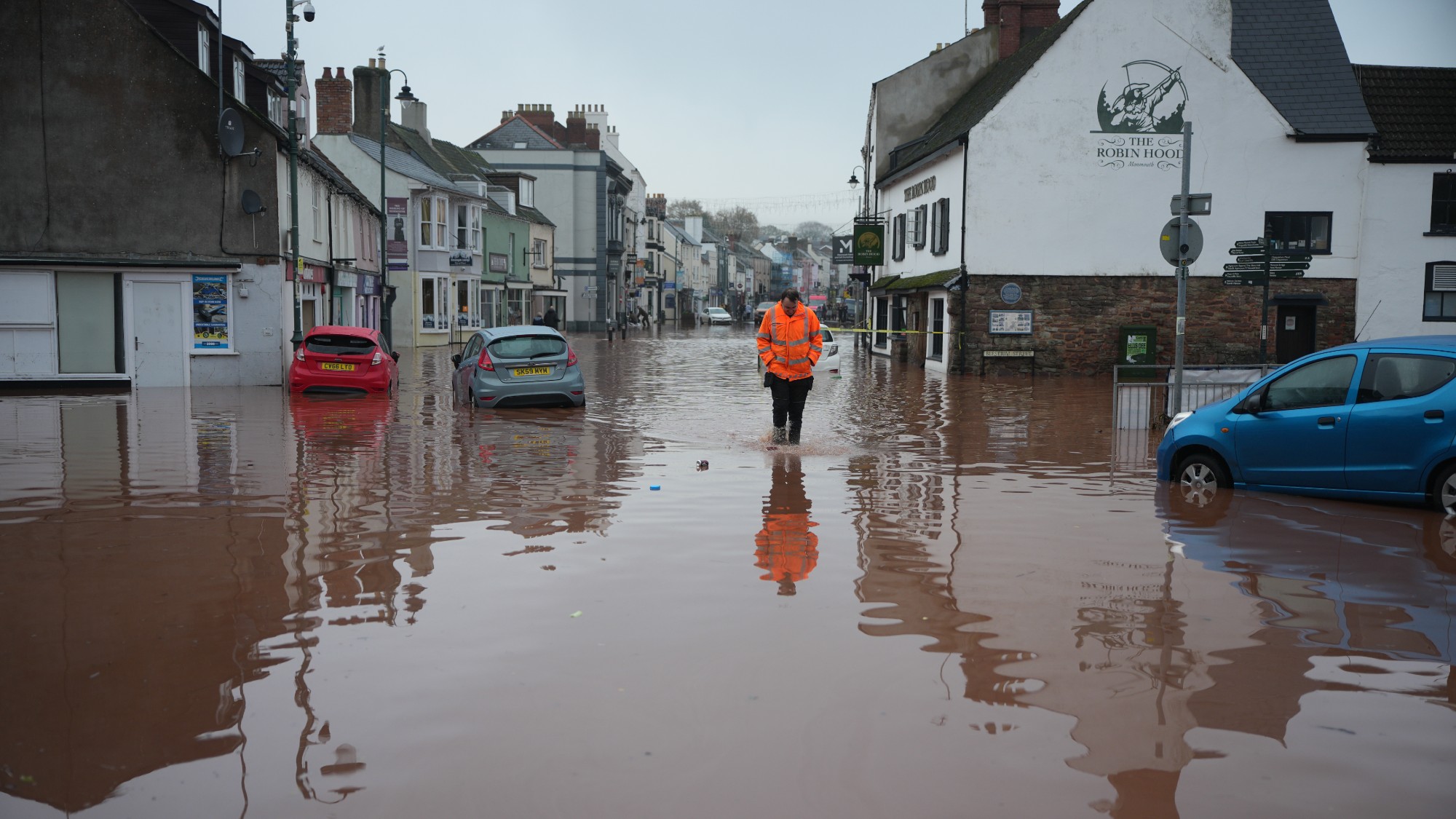 How will climate change affect the UK?
How will climate change affect the UK?The Explainer Met Office projections show the UK getting substantially warmer and wetter – with more extreme weather events
-
 Can the UK do more on climate change?
Can the UK do more on climate change?Today's Big Question Labour has shown leadership in the face of fraying international consensus, but must show the public their green mission is ‘a net benefit, not a net cost’
-
 Did Cop30 fulfil its promise to Indigenous Brazilians?
Did Cop30 fulfil its promise to Indigenous Brazilians?Today’s Big Question Brazilian president approves 10 new protected territories, following ‘unprecedented’ Indigenous presence at conference, both as delegates and protesters
-
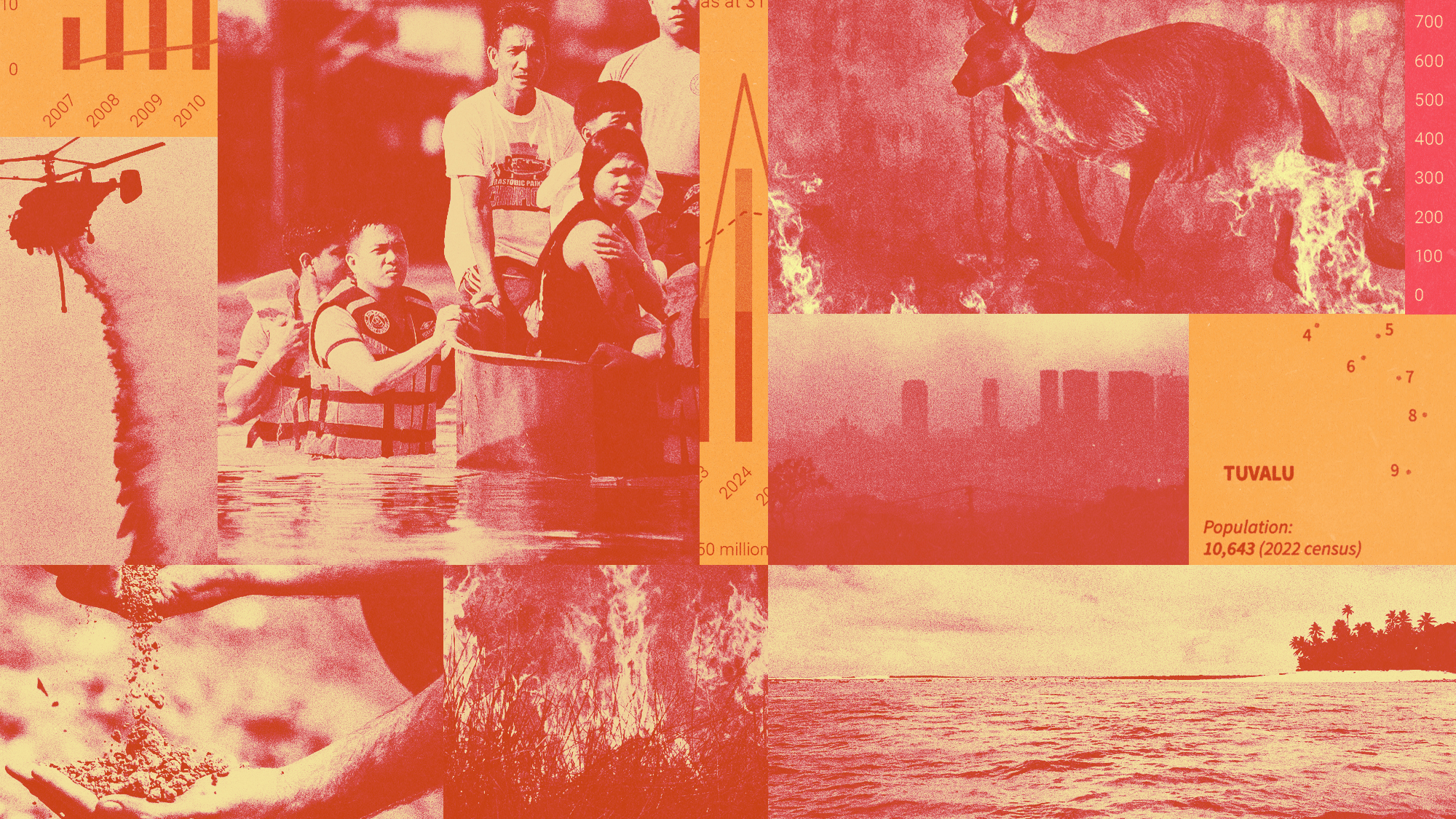 Can the world adapt to climate change?
Can the world adapt to climate change?Today's Big Question As the world gets hotter, COP30 leaders consider resilience efforts
-
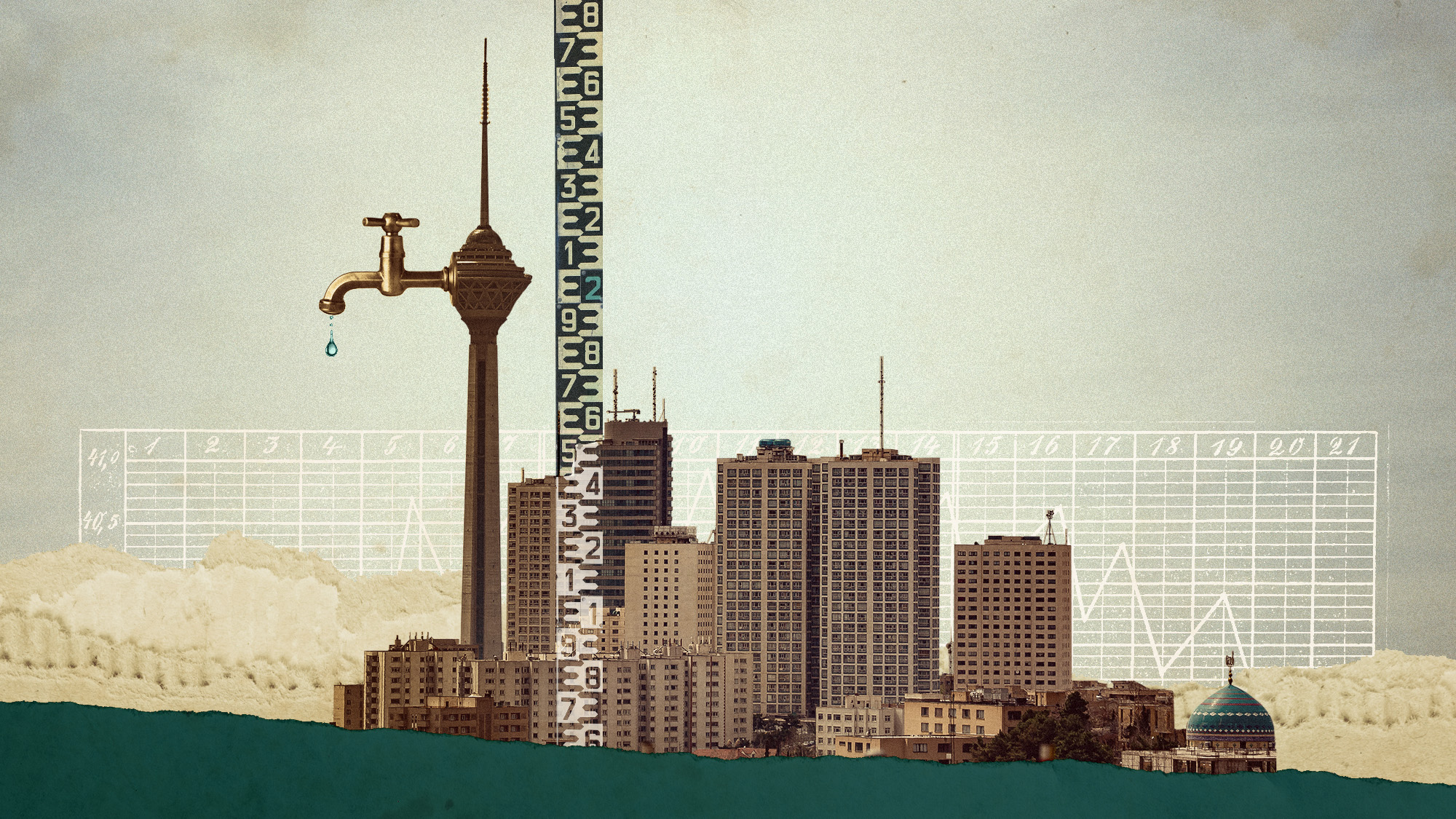 Taps could run dry in drought-stricken Tehran
Taps could run dry in drought-stricken TehranUnder the Radar President warns that unless rationing eases water crisis, citizens may have to evacuate the capital



